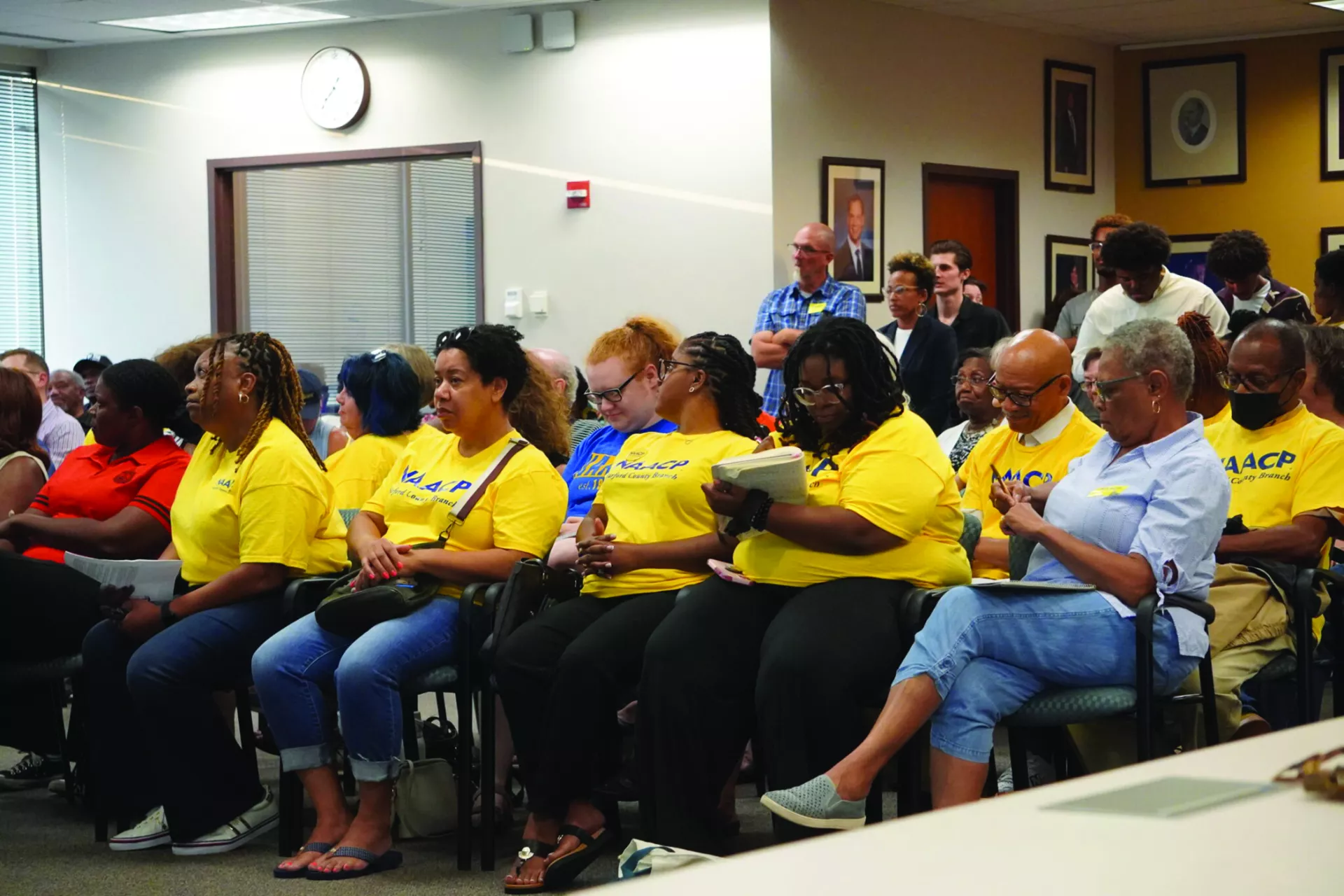AP African American Studies Course
Three weeks after a school board in Maryland canceled the AP African American Studies course citing it perpetuated “a narrative of victimhood” and lacked “positive narratives” the course was restored. The Hartford, Maryland County School Board reversed its initial denial of the pilot class in a unanimous vote following two and a half hours of public comment at the local school board meeting, which included support from the Maryland State Education Association Cheryl Bost.

“If our students are trusted to learn and grapple with all the complexities of our history, they can better understand past missteps and injustices and better strive towards a more just and fair future for all of us. ...The first step in doing better in the future is understanding the past—all its layers and contradictions. And while those conversations may not be easy, they are absolutely necessary,” said Bost.
School system officials told the local newspaper 67 students took AP African American Studies last year and about 200 have registered for it this year.
—William J. Ford, marylandmatters.org
Most and Least Expensive Places to Live in the United States
Inflation reached its lowest level in 2024 this July, hitting 3%. Despite the decrease, many still struggle to deal with the increase in everything from food to fuel. To better understand these impacts on Americans, the publication, Forbes Advisor, researched how states rank in terms of cost of living by analyzing publicly available data. Not surprisingly, the data shows Hawaii is the most expensive across several categories, including median home prices and mortgage payment and transportation costs, but lags in average salary. The top spot in average salary goes to the New England state of Massachusetts.
Median Home Prices and Mortgage Payments by State
| Rank | State | Median Home Price | Mothly Mortgage Payment |
|---|---|---|---|
| 1 | Hawaii | $837,324 | $5,004 |
| 2 | California | $743,362 | $4,442 |
| 3 | Massachusetts | $587,875 | $3,513 |
| 4 | Washington | $577,353 | $3,450 |
| 5 | Colorado | $543,143 | $3,245 |
| 6 | Utah | $510,934 | $3,053 |
| 7 | Oregon | $498,558 | $2,979 |
| 8 | New Jersey | $484,467 | $2,895 |
| 9 | New Hampshire | $446,839 | $2,670 |
| 10 | Montana | $446,602 | $2,669 |
How to Advocate for Bullied Students
October is National Bullying Prevention Month. Research shows bullying can be stopped, but continual effort is needed by those who have the power to intervene. Below is information to help you become the advocate students need in their learning environments.
Bullying is a Solvable Problem

Expand your advocacy for bullied students, by ensuring that your school has a comprehensive bullying prevention plan in place. A prevention plan enables educators to have a process in place for learning how to recognize bullying behaviors, how to intervene appropriately when it’s witnessed, and how to prevent it in the first place.
Educate Students
Involve your students as peer advocates. Get student input when developing a bullying prevention plan. Integrate the topic of bullying and how to deal with it into your curriculum.
Role-play with students on diffusing a bullying situation and engaging bystanders. Create opportunities for students to work together, such as assignments that require sharing and collaboration. An anti-bullying curricula should encourage students to report bullying and harassment to an adult.
Zero Out Zero Tolerance
Zero tolerance policies hinder bullying prevention efforts. Such policies generally involve suspension or exclusion from school and are related to increased dropout rates and discriminatory application of school discipline practices. Also, there is no evidence that removing students from school makes a positive contribution to school safety. We do know that students who bully need pro-social models.
We can advocate for bullied students by working to develop and/or utilize bullying prevention programs that do work, such as:
- Targeted behavioral support programs for at-risk students
- Character education and social-emotional learning programs
- School-wide positive behavioral interventions and supports
- Early intervention strategies
Teacher Well-Being and Intentions to Leave in 2024
To get a better understanding of how to help its members, NEA helped fund a new survey from RAND Corporation that highlights teacher well-being and causes of stress.
Teachers reported well-being in January 2024 was worse than that of similar working adults—a consistent pattern since 2021. Furthermore, when compared with similar working adults, about twice as many teachers reported experiencing frequent job-related stress or burnout, and roughly three times as many teachers reported difficulty coping with their job-related stress.
The top three issues leading to that stress, according to the survey: managing student behavior (biggest issue for teachers in the first five years on the job), low salaries, and administrative work outside of teaching.


Hours and Wages
Teachers reported working nine hours per week more than similar working adults—nearly two hours more per day in a five-day work week—but reported earning about $18,000 less in base pay, on average. Teachers said they would need a $16,000 increase in base pay to consider the pay adequate for the work performed. The disparity in pay is worse for Black teachers, who reported working more hours and receiving a lower base pay. Of note: a $16,000 pay increase would nearly close the wage gap documented by the Education Policy Institute (EPI). According to an EPI analysis of federal data, teachers earn 26.4% less than similarly educated professionals, a massive increase from 6.1% in 1996.
Get more from


